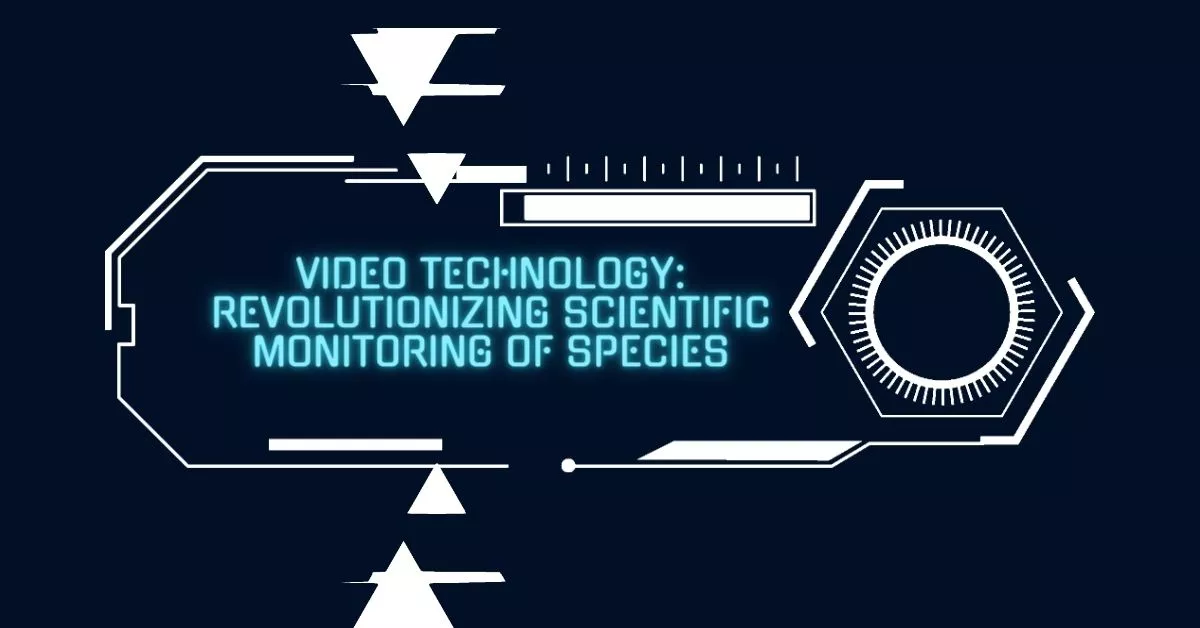In the ever-evolving realm of science, technological advancements continue to reshape the way researchers explore the world. One such breakthrough is the integration of video technology, offering scientists unprecedented opportunities to monitor changes in species evolution and development.

The Power of Video in Scientific Research
Video technology provides an immersive experience for scientists, allowing them to observe natural behaviors, interactions, and developmental processes in real-time. This firsthand perspective fosters a deeper understanding of species evolution.
Enhanced Data Collection and Analysis
With high-quality video recordings, scientists can collect vast amounts of data, enabling detailed analysis of species behavior and development patterns. This wealth of information enhances research accuracy and enables more comprehensive studies.
Remote Monitoring and Conservation Efforts
Video technology enables remote monitoring of species in their natural habitats, eliminating the need for disruptive human presence. This remote approach not only reduces stress on the observed species but also aids conservation efforts by minimizing human interference.
Collaborative Research and Knowledge Sharing
The ease of sharing video data fosters collaboration among scientists worldwide. Researchers can exchange findings, analyze shared footage, and collectively contribute to the understanding of species evolution. This collaborative approach accelerates scientific progress.
Addressing Perplexity in Scientific Observations
Video technology allows scientists to capture perplexing behaviors and events that occur sporadically. The ability to replay and analyze these moments in detail aids researchers in unraveling complex evolutionary mysteries.
Burstiness: Capturing Rare and Unique Phenomena
Burstiness, the sudden occurrence of significant events, is crucial in scientific research. Video technology captures these rare phenomena, providing invaluable insights into evolutionary leaps, adaptations, and developmental milestones.
Also read some of our latest posts-
- The Future of Fashion: Revolve AI-Generated Collections Transform Retail Tech.
- The Power of Video Marketing in Today Digital Landscape,
Maintaining Specificity and Context
While video technology captures diverse aspects of species evolution, it’s vital to maintain specificity and context in observations. Scientists must interpret the recorded data accurately to draw meaningful conclusions about the evolutionary processes under study.
Engaging the Audience: The Impact of Visual Narratives
Visual narratives created through video technology engage audiences and foster a broader understanding of scientific concepts. These captivating visuals bridge the gap between scientific research and the general public, promoting awareness and appreciation for biodiversity.

Conclusion
The integration of video technology has ushered in a new era in scientific research. By providing unparalleled access to the natural world, scientists can delve deeper into the intricacies of species evolution and development. This transformative tool not only enriches our understanding of the natural world but also empowers conservation efforts and fosters scientific collaboration on a global scale.
In conclusion, the marriage of video technology and scientific exploration marks a paradigm shift in understanding species evolution and development. As we continue to unlock nature’s mysteries through the lens of video, the potential for groundbreaking discoveries and advancements in conservation efforts becomes limitless.
XI. Frequently Asked Questions (FAQs)
Q1: How does video technology benefit species conservation efforts?
Video technology allows remote monitoring, minimizing human interference and stress on species, thus aiding conservation efforts.
Q2: Can video recordings capture rare evolutionary events?
Yes, video technology captures burstiness, enabling the documentation of rare and unique phenomena crucial for scientific research.
Q3: How does video data enhance collaborative research?
Video data can be shared among scientists globally, fostering collaboration and accelerating scientific progress in understanding species evolution.
Q4: Is video technology limited to specific types of species?
No, video technology can be applied to various species, from insects to mammals, enabling comprehensive research across diverse biological realms.










